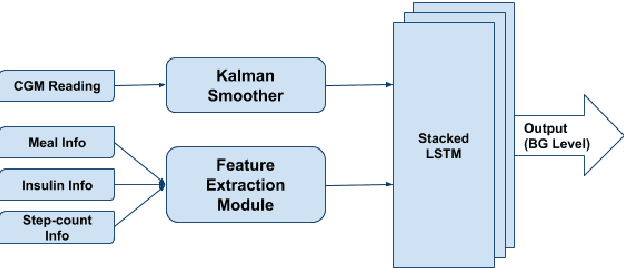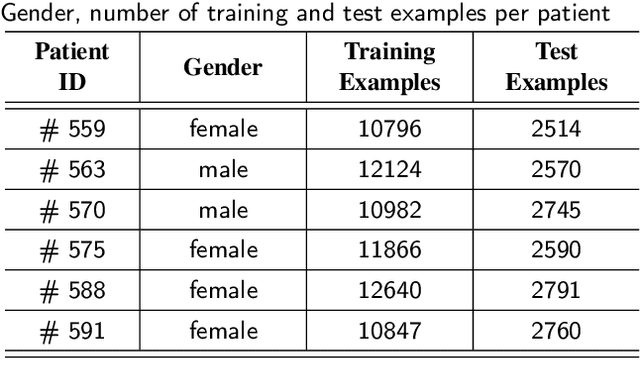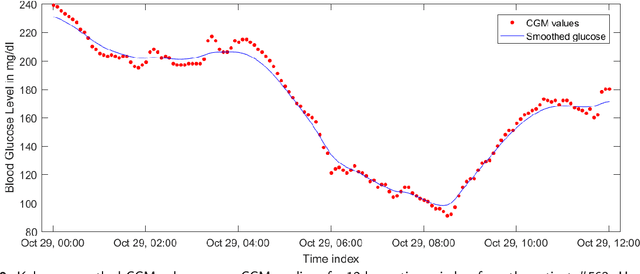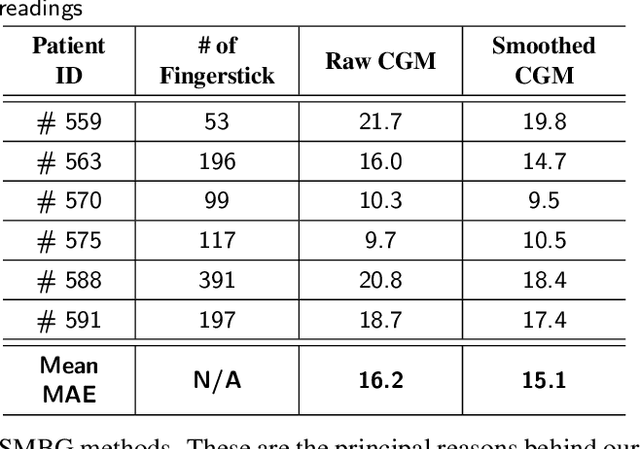Insup Le
Stacked LSTM Based Deep Recurrent Neural Network with Kalman Smoothing for Blood Glucose Prediction
Jan 18, 2021



Abstract:Blood glucose (BG) management is crucial for type-1 diabetes patients resulting in the necessity of reliable artificial pancreas or insulin infusion systems. In recent years, deep learning techniques have been utilized for a more accurate BG level prediction system. However, continuous glucose monitoring (CGM) readings are susceptible to sensor errors. As a result, inaccurate CGM readings would affect BG prediction and make it unreliable, even if the most optimal machine learning model is used. In this work, we propose a novel approach to predicting blood glucose level with a stacked Long short-term memory (LSTM) based deep recurrent neural network (RNN) model considering sensor fault. We use the Kalman smoothing technique for the correction of the inaccurate CGM readings due to sensor error. For the OhioT1DM dataset, containing eight weeks' data from six different patients, we achieve an average RMSE of 6.45 and 17.24 mg/dl for 30 minutes and 60 minutes of prediction horizon (PH), respectively. To the best of our knowledge, this is the leading average prediction accuracy for the ohioT1DM dataset. Different physiological information, e.g., Kalman smoothed CGM data, carbohydrates from the meal, bolus insulin, and cumulative step counts in a fixed time interval, are crafted to represent meaningful features used as input to the model. The goal of our approach is to lower the difference between the predicted CGM values and the fingerstick blood glucose readings - the ground truth. Our results indicate that the proposed approach is feasible for more reliable BG forecasting that might improve the performance of the artificial pancreas and insulin infusion system for T1D diabetes management.
 Add to Chrome
Add to Chrome Add to Firefox
Add to Firefox Add to Edge
Add to Edge